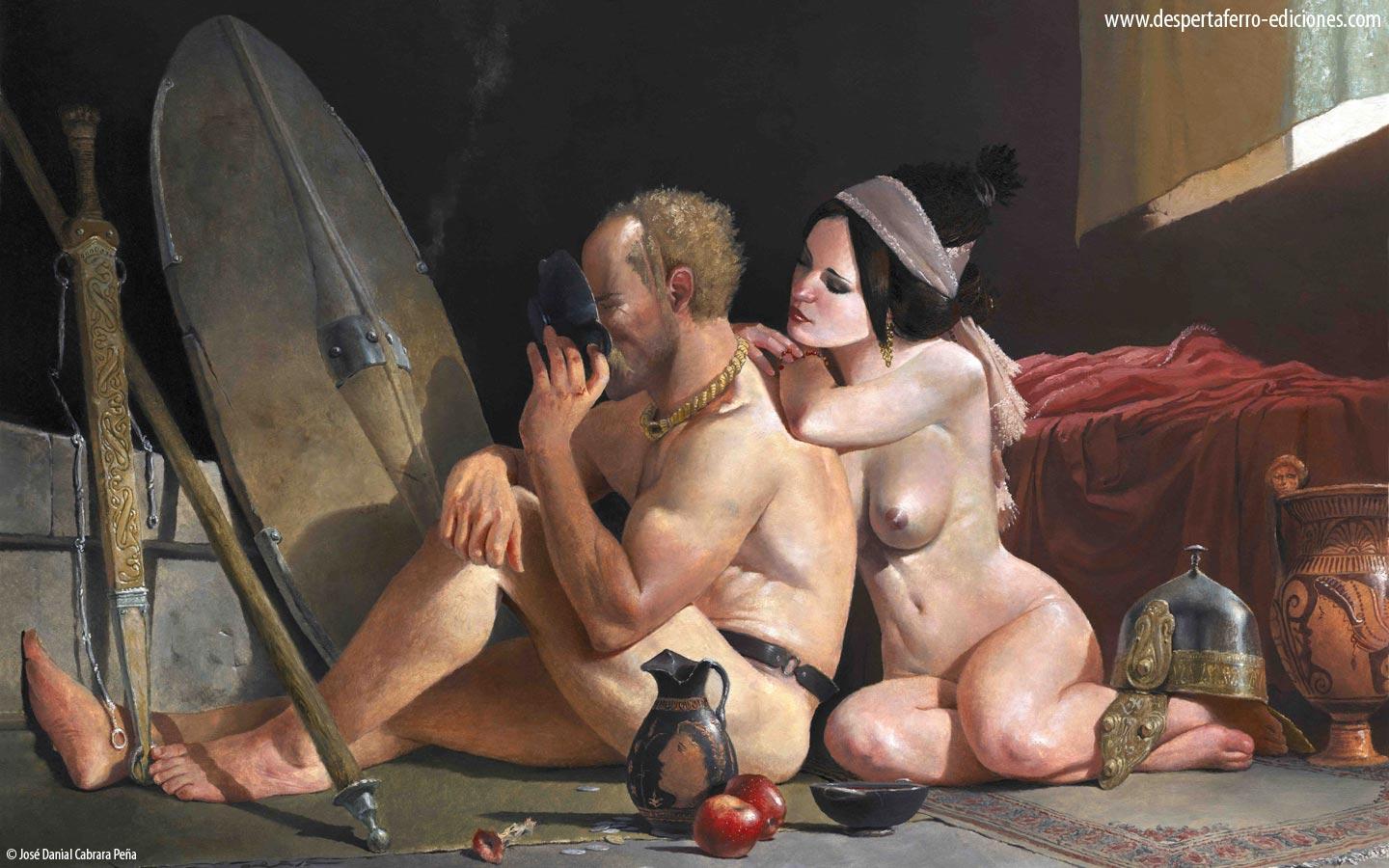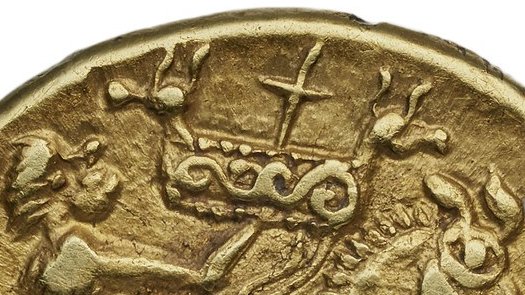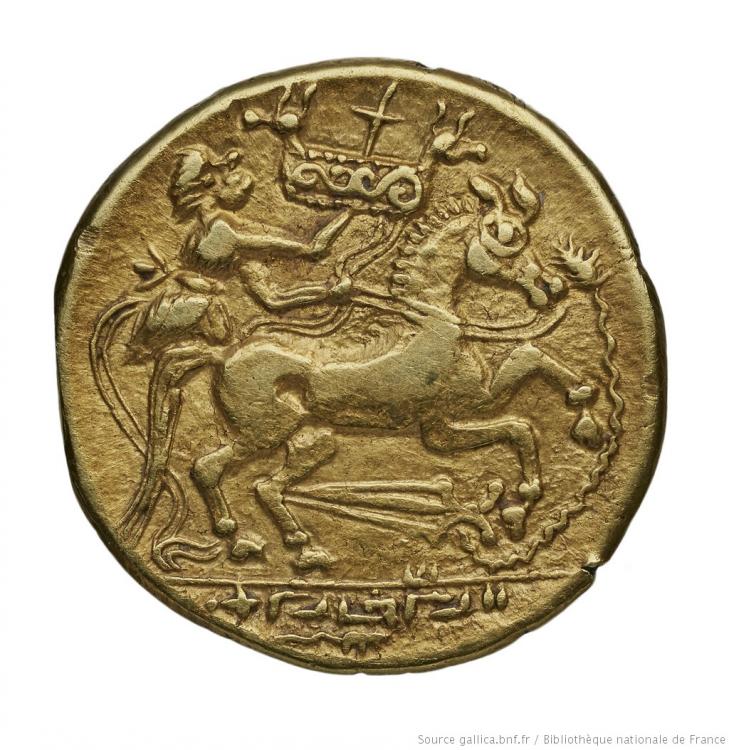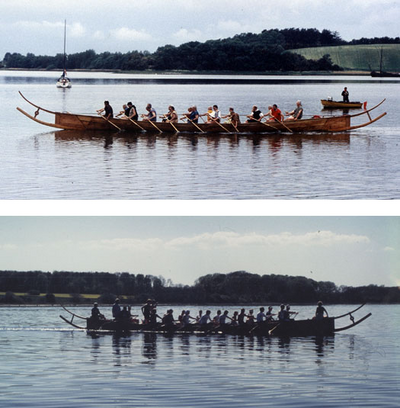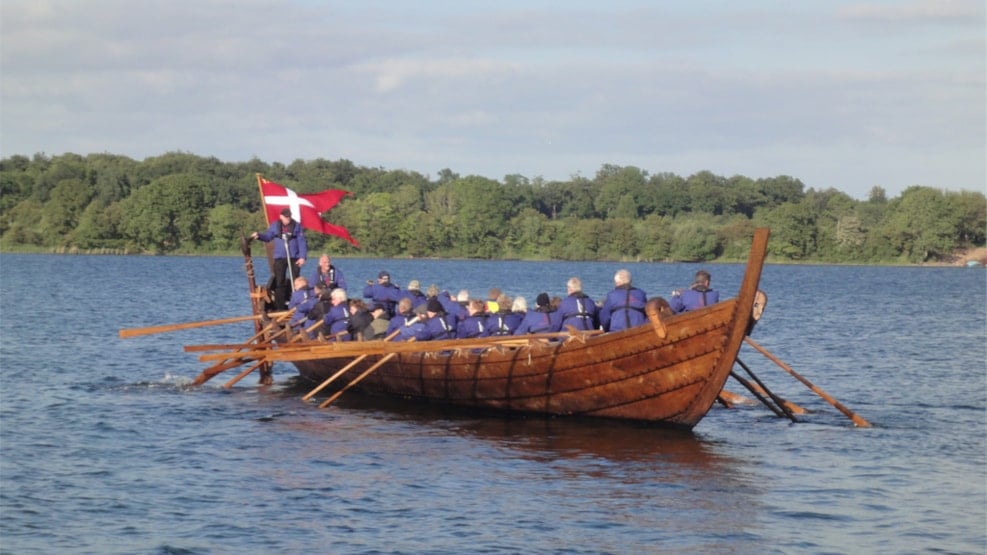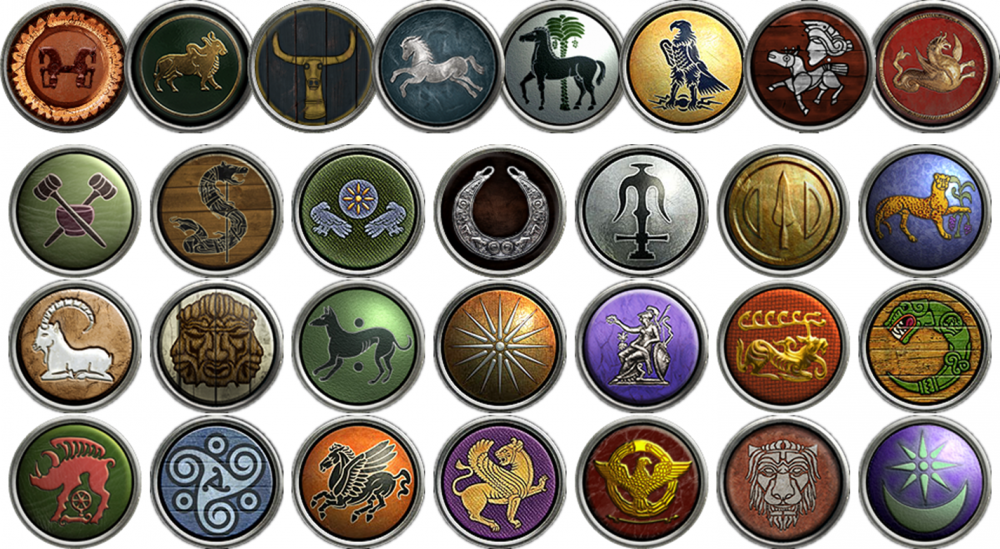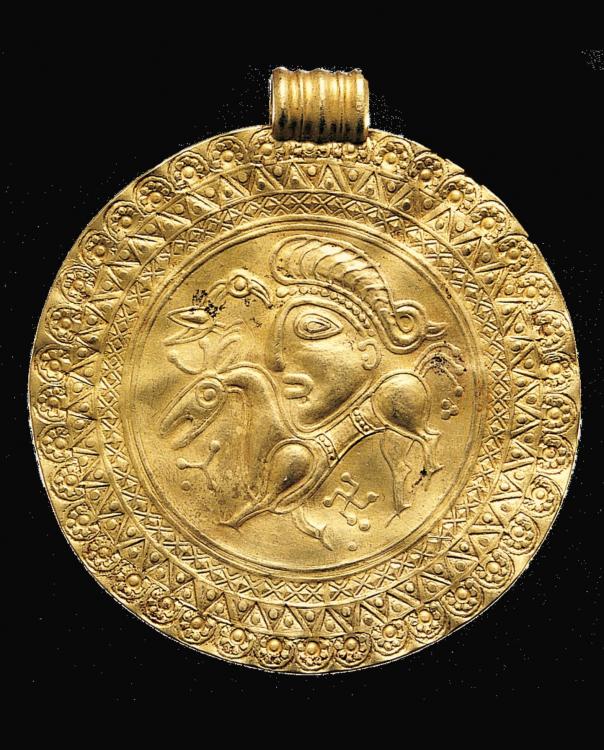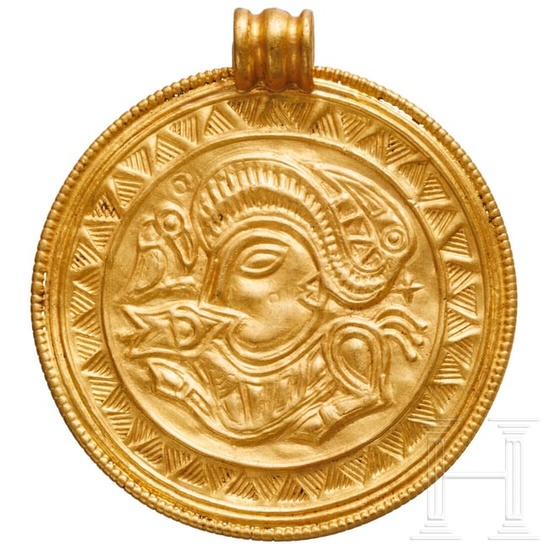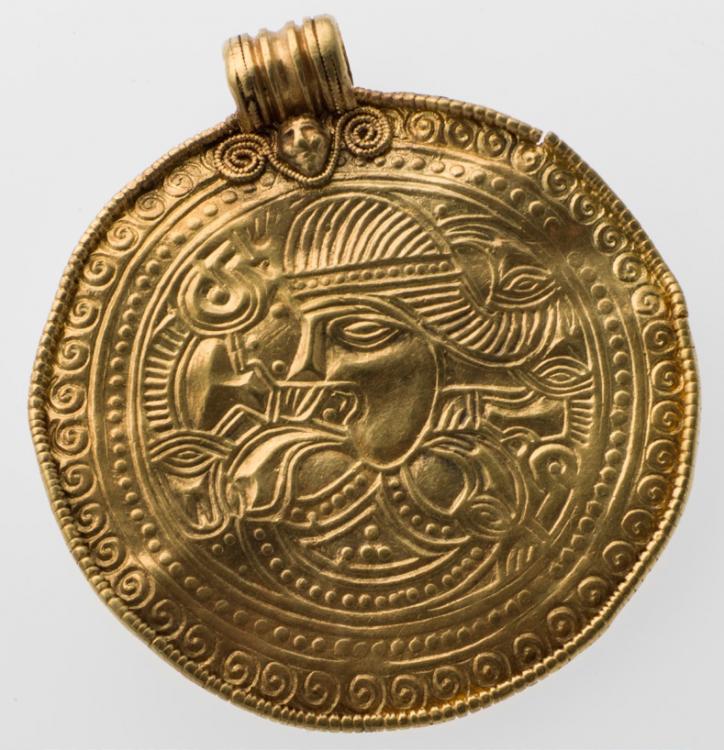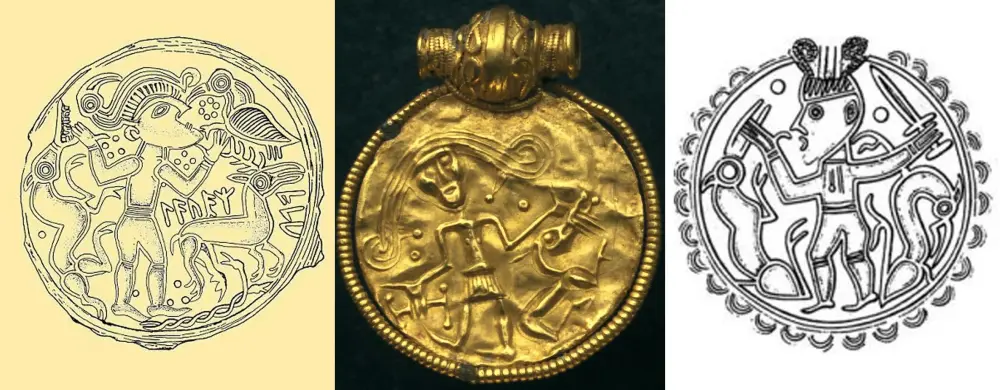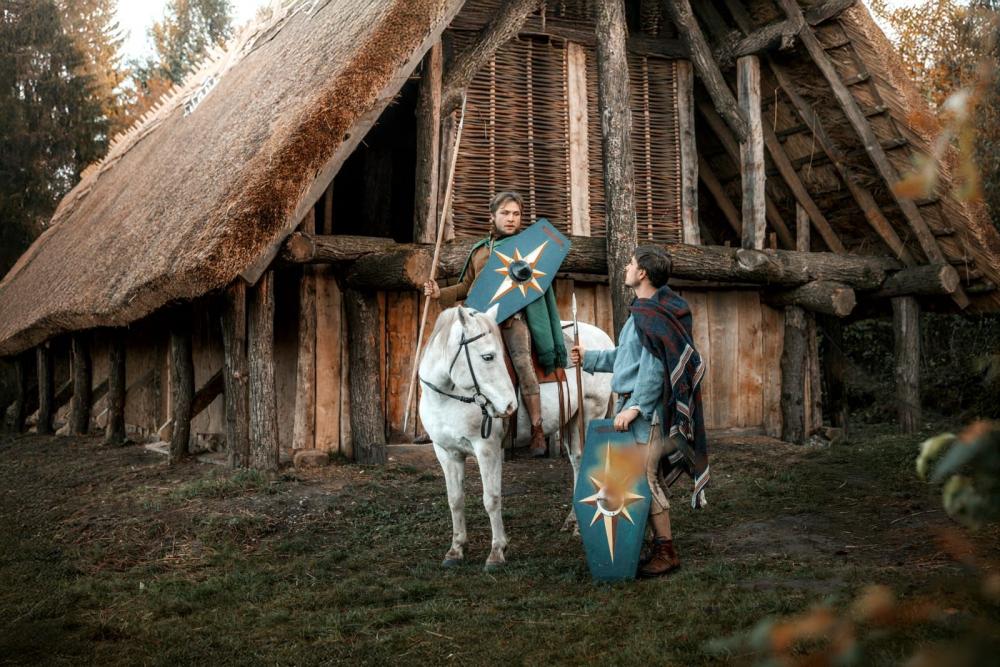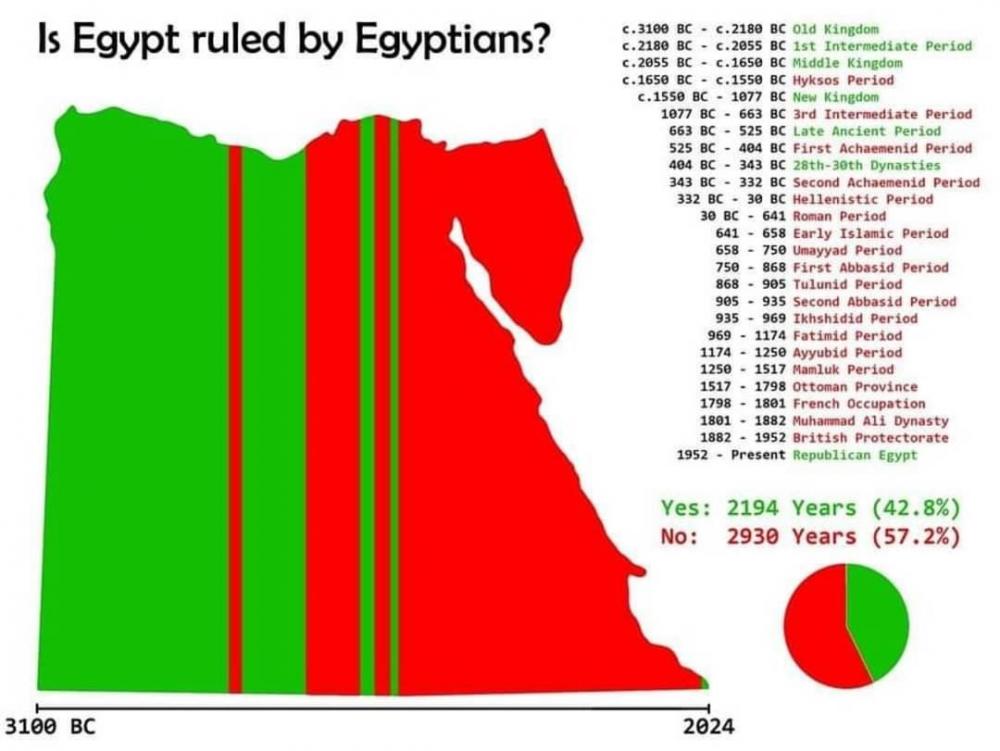-
Posts
2.379 -
Joined
-
Last visited
-
Days Won
80
Everything posted by Genava55
-
.thumb.jpg.b21ca1d0c15fb56b42c39b25a0a40815.jpg)
Civ: Germans (Cimbri, Suebians, Goths)
Genava55 replied to wowgetoffyourcellphone's topic in Delenda Est
I don't think so... https://blog.turbosquid.com/turbosquid-3d-model-license/#Games-Usage -
.thumb.jpg.b21ca1d0c15fb56b42c39b25a0a40815.jpg)
Civ: Germans (Cimbri, Suebians, Goths)
Genava55 replied to wowgetoffyourcellphone's topic in Delenda Est
-
.thumb.jpg.b21ca1d0c15fb56b42c39b25a0a40815.jpg)
Civ: Germans (Cimbri, Suebians, Goths)
Genava55 replied to wowgetoffyourcellphone's topic in Delenda Est
More probably a religious symbol. I don't know how plausible this could be they fixed shields on the side. It is certain the vikings and normans did it* but I don't know if the older shields from the Iron Age could be tied in the same manner. Maybe. Adding those would not be an issue. *https://history.stackexchange.com/questions/66056/did-viking-longboats-in-fact-have-shields-on-the-side-of-the-ships Yes it is plausible. At least I know the Celts did have such carved animal on the stems of some of their ships: -
.thumb.jpg.b21ca1d0c15fb56b42c39b25a0a40815.jpg)
Civ: Germans (Cimbri, Suebians, Goths)
Genava55 replied to wowgetoffyourcellphone's topic in Delenda Est
Yes I know, I debated with some people about this paper. The problem is that the use of sail should have triggered a major change and become widespread. As was the case during the Viking era, when all large ships eventually had a mast and a sail. It's very likely that even if sailing was known to Bronze Age populations, it didn't arouse the same interest. Perhaps they preferred to navigate rivers and coastlines. Not to mention the fact that having a mast and a sail required building ships that were a little wider. Which could make them less transportable on land. -
.thumb.jpg.b21ca1d0c15fb56b42c39b25a0a40815.jpg)
Civ: Germans (Cimbri, Suebians, Goths)
Genava55 replied to wowgetoffyourcellphone's topic in Delenda Est
https://en.m.wiktionary.org/wiki/Reconstruction:Proto-Germanic/baitaz https://en.m.wiktionary.org/wiki/Reconstruction:Proto-Germanic/skipą -
.thumb.jpg.b21ca1d0c15fb56b42c39b25a0a40815.jpg)
Civ: Germans (Cimbri, Suebians, Goths)
Genava55 replied to wowgetoffyourcellphone's topic in Delenda Est
Probably longer, but as nimble, versions of this boat existed too. Maybe you can use two sizes of the same boat type. Yeah the merchant ships are probably too large. -
.thumb.jpg.b21ca1d0c15fb56b42c39b25a0a40815.jpg)
Civ: Germans (Cimbri, Suebians, Goths)
Genava55 replied to wowgetoffyourcellphone's topic in Delenda Est
First, of which civ are we talking about? The Cimbri ? The Suebi ? The Germans ? The oldest evidence we have for boats is obviously the Hjortspring boat (around 350 BC). But this is a more nimble boat, carrying approx. 20 men and without any sail. The other major find is from the Roman (imperial) period, circa 320 AD, the Nydam ship. This is larger, for 30 men, but without sail as well. The first evidence for a sort of longship with a sail could be Kvalsund II, but it is not certain, it is disputed. Anyway it is dated around 780 AD so clearly too late. The first undisputed ship with sail and looking like a Viking ship is the Oseberg ship, circa 830 AD. I looked what the literature says on the topic, it seems to be in agreement with the few I know: Source: https://www.cambridge.org/core/journals/european-journal-of-archaeology/article/earliest-wave-of-viking-activity-the-norwegian-evidence-revisited/C2A3AB5F0C962CFB700EEAF24970BE49 Not compatible with 0AD. The EB team requires the explicit permission for each asset and for each use. It is not open source. -
.thumb.jpg.b21ca1d0c15fb56b42c39b25a0a40815.jpg)
Civ: Germans (Cimbri, Suebians, Goths)
Genava55 replied to wowgetoffyourcellphone's topic in Delenda Est
This is what Europa Barbarorum did for the Suebi, they took inspiration from one of these bracteate to make a simpler version (top right): -
.thumb.jpg.b21ca1d0c15fb56b42c39b25a0a40815.jpg)
Civ: Germans (Cimbri, Suebians, Goths)
Genava55 replied to wowgetoffyourcellphone's topic in Delenda Est
-
.thumb.jpg.b21ca1d0c15fb56b42c39b25a0a40815.jpg)
Civ: Germans (Cimbri, Suebians, Goths)
Genava55 replied to wowgetoffyourcellphone's topic in Delenda Est
-
.thumb.jpg.b21ca1d0c15fb56b42c39b25a0a40815.jpg)
Why don't the Hans have a infantry swordsman?
Genava55 replied to Arup's topic in General Discussion
Hoplites means 'men-at-arms', this is a generic word. Swordsmen could be named something like Makhairaphoroi, aka 'makhaira-bearers', makhaira being a popular one-edged sword. It is generally a secondary weapon yes. -
.thumb.jpg.b21ca1d0c15fb56b42c39b25a0a40815.jpg)
Why don't the Hans have a infantry swordsman?
Genava55 replied to Arup's topic in General Discussion
-
.thumb.jpg.b21ca1d0c15fb56b42c39b25a0a40815.jpg)
Why don't the Hans have a infantry swordsman?
Genava55 replied to Arup's topic in General Discussion
Technically, every civs should have swordsmen from the start. Even the Hellenistic civs. -
That's true but at least the people and the state identify themselves with the Egyptians and the people still share a large ancestry with them. Obviously the Arab domination left a huge legacy on modern Egypt and its people. Anyway the purpose of this figure I shared here was simply to show there are periods during 0AD timeframe when Egypt was independent.
-
.thumb.jpg.b21ca1d0c15fb56b42c39b25a0a40815.jpg)
Age of Empires 2 Definitive Edition
Genava55 replied to Lion.Kanzen's topic in Introductions & Off-Topic Discussion
-
This issue could happen with LuaJIT as well no? It uses a garbage collector too. Although it is right there is a limitation per process. LuaJIT also had issues with memory limitations and 64bit adresses in the past. It became mature only recently. I know web-browsers and a few web apps are putting a lot of energy into WebAssembly. Is there any consideration for AssemblyScript to speed up a few calculations without removing the whole easy-to-mod philosophy?
-
.thumb.jpg.b21ca1d0c15fb56b42c39b25a0a40815.jpg)
A27: Extreme stuttering and OOS on rejoin
Genava55 replied to Seleucids's topic in Game Development & Technical Discussion
A bunch of interesting issues closed on gitea, showing all the work behind the curtain: Stuttering and low FPS with Alpha 27 #7589 https://gitea.wildfiregames.com/0ad/0ad/issues/7589 Add workaround to turn off nursery size heuristic #7736 https://gitea.wildfiregames.com/0ad/0ad/pulls/7736 Incredible investigation by @Langbart: https://gitea.wildfiregames.com/0ad/0ad/issues/7714 I'm sharing this just to give a little visibility to the work and problem-solving done by the team. -
.thumb.jpg.b21ca1d0c15fb56b42c39b25a0a40815.jpg)
Age of Empires III DE.
Genava55 replied to Lion.Kanzen's topic in Introductions & Off-Topic Discussion
Nope -
5 années sont passées depuis la dernière publication...
-
Browsers will probably continue to receive security updates for a few years. Windows 10 won't disappear in October, numerous companies will continue to use it and pay the extended support. Google Chrome supported Windows 7 up to January 2023, 3 years after the end of the regular support. Google stopped to support Win7 exactly when the extended support ended. So most of the apps are getting updates up to 2028 for Win10.
-
Well, if you want an old gaming PC, you will have more option with Win10 than with any Linux. And in all cases, a SSD is just a massive increase in comfort and performance for a cheap price. Whatever if you go with Windows or Linux, a SSD changes considerably the experience. The end of support for Win10 will mostly concern Microsoft integrated features and Microsoft cloud based apps. Most of the programs and application will still run on Win10 for a few years. Even if you are getting a new Win11 laptop, upgrading your Win10 laptop would be a good option to increase its longevity. If you want to try Linux Mint, you can put it on the SSD directly and like this you still have the HDD with Win10 in case you change your mind. Yeah it looks fine. Just check you can open the case of the laptop and change the disk drive easily before buying it. And verify the HDD is a 2.5 inch form factor, generally it is the case but it is better to check. Ah and something else, you don't have bitlocker activated on the Win10 laptop? If it is a home or familial edition, it is generally not the case.

